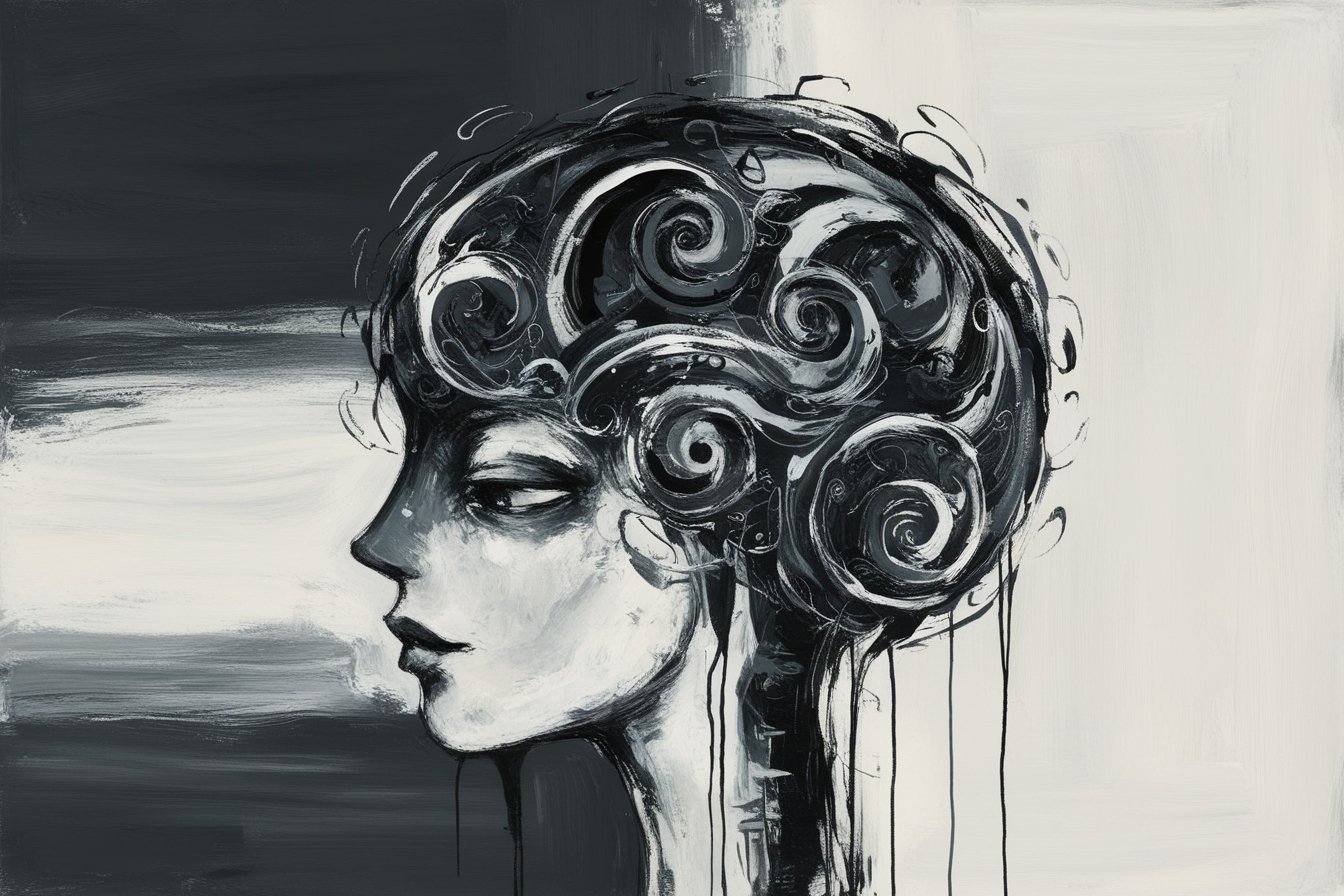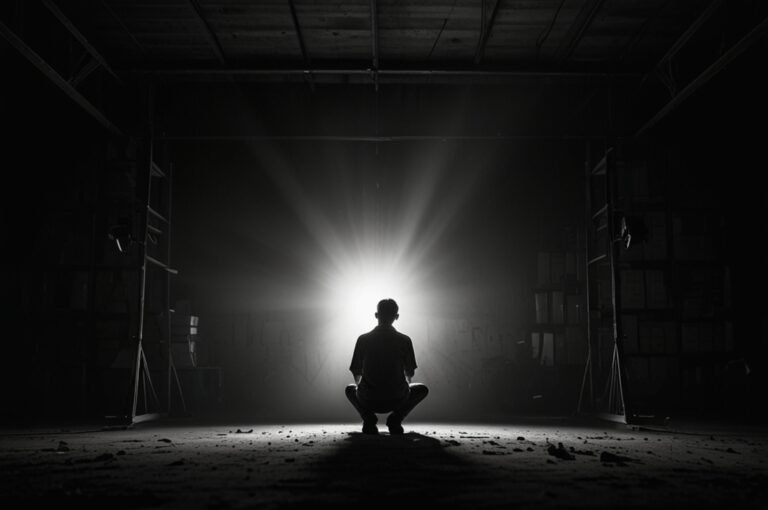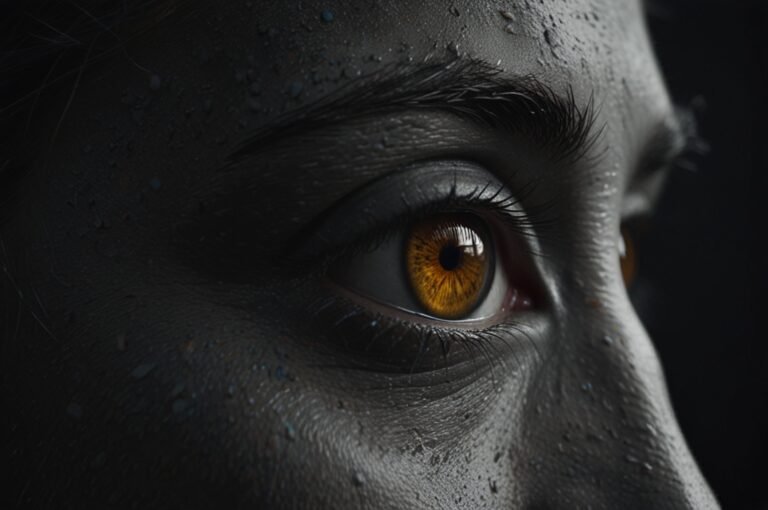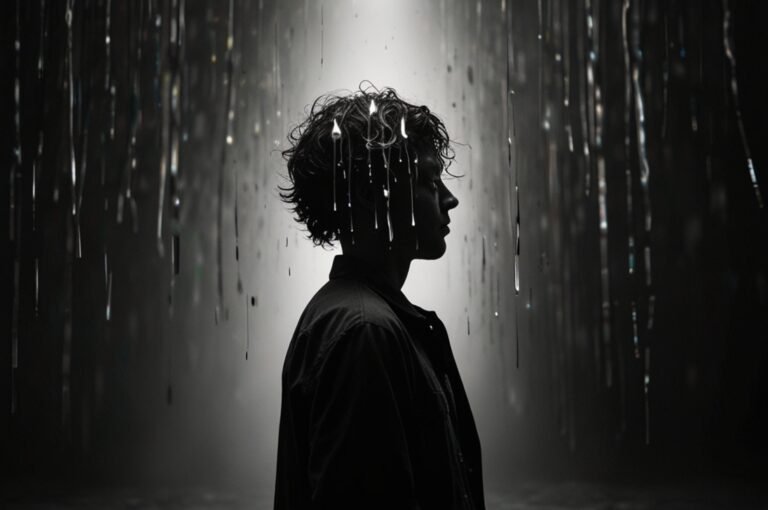Unlocking Your Creative Ability
Creative ability is a concept that has fascinated humans for centuries. It refers to the capacity to generate novel and useful ideas, solutions, or artistic expressions. This skill is not limited to a specific field or discipline; instead, it permeates every aspect of human life, from science and technology to art, business, and education. Understanding creative ability, its components, and how to nurture it is essential for individuals seeking personal growth and organizations aiming to thrive in competitive environments.
The Foundation of Creative Ability
Divergent Thinking
The foundation of creative ability lies in divergent thinking, a cognitive process that involves generating multiple solutions to a single problem. Unlike convergent thinking, which focuses on finding the single best answer, divergent thinking encourages exploration and innovation. This process is often characterized by brainstorming, free association, and the ability to think outside conventional frameworks. The more open-minded and flexible an individual is, the higher their potential for creativity.
Lateral Thinking
Another crucial component of creative ability is lateral thinking. Coined by Edward de Bono, lateral thinking involves approaching problems from unconventional angles. This method allows individuals to bypass traditional linear thought processes and discover solutions that might otherwise remain hidden. For example, a lateral thinker might solve a complex business problem by drawing inspiration from nature or unrelated industries.
The Role of Motivation and Environment
Intrinsic Motivation
Intrinsic motivation plays a significant role in fostering creative ability. Individuals who are genuinely passionate about their work are more likely to take risks and experiment with new ideas. Unlike extrinsic motivation, which relies on external rewards such as money or recognition, intrinsic motivation is fueled by personal satisfaction and curiosity. Cultivating this type of motivation requires creating an environment that values exploration, learning, and the freedom to fail.
Supportive Environments
One often overlooked aspect of creative ability is the importance of a supportive environment. Creativity thrives in settings where individuals feel safe to express their ideas without fear of judgment or criticism. Organizations that prioritize open communication, collaboration, and diversity of thought are more likely to unlock their team’s creative potential. Leaders can further enhance this by encouraging cross-functional collaboration and providing resources for skill development.
Lifelong Learning and Education
The Importance of Diverse Knowledge
Education and lifelong learning are also vital for enhancing creative ability. Exposure to diverse knowledge and experiences broadens an individual’s perspective, enabling them to make unique connections between seemingly unrelated concepts. Schools and universities can foster creativity by incorporating interdisciplinary approaches, project-based learning, and opportunities for self-directed exploration. For adults, workshops, online courses, and hobbies can serve as valuable platforms for creative growth.
Explore online courses on creativity and innovation.
Creativity in the Digital Age
Opportunities and Challenges
The digital age has introduced new opportunities and challenges for creative ability. On one hand, access to vast amounts of information and tools has democratized creativity, allowing individuals from all backgrounds to express themselves and innovate. On the other hand, the constant influx of information and the pressure to perform can lead to mental fatigue and creative blocks. Balancing the use of technology with periods of reflection and mindfulness is essential for maintaining creative health.
Enhancing Creativity Through Practice
Creative ability is not a fixed trait; it can be developed and enhanced through practice. Engaging in activities that challenge the brain, such as solving puzzles, learning new skills, or experimenting with different art forms, can stimulate neural pathways associated with creativity. Additionally, maintaining a healthy lifestyle—including regular exercise, proper nutrition, and sufficient sleep—supports cognitive function and emotional well-being, both of which are critical for creativity.
Applications of Creative Ability
Problem-Solving
One of the most intriguing aspects of creative ability is its application in problem-solving. Whether it’s designing a groundbreaking product, finding a cure for a disease, or resolving interpersonal conflicts, creativity enables individuals to approach challenges with innovative solutions. Techniques such as mind mapping, SCAMPER (Substitute, Combine, Adapt, Modify, Put to another use, Eliminate, Rearrange), and the Six Thinking Hats can help structure the creative process and make it more effective.
Creativity in Business
In the business world, creative ability is a valuable asset. Companies that embrace creativity are better equipped to adapt to market changes, differentiate themselves from competitors, and drive innovation. Brands like Apple, Tesla, and Google are prime examples of how fostering a culture of creativity can lead to groundbreaking products and long-term success. Entrepreneurs, in particular, rely heavily on creative ability to identify opportunities, develop unique value propositions, and navigate the uncertainties of startup life.
Learn about Tesla’s approach to innovation.
Creativity in Art and Culture
Artistic Expression
Art and culture are perhaps the most visible manifestations of creative ability. From paintings and music to literature and cinema, creative expression allows individuals to communicate emotions, ideas, and stories that transcend language and cultural barriers. Artists often draw inspiration from personal experiences, societal issues, or historical events, creating works that resonate deeply with audiences. The process of creating art is also therapeutic, providing an outlet for self-expression and emotional processing.
Technology and Art
Technology has revolutionized the way we approach creativity in art and other fields. Tools like graphic design software, 3D printing, and artificial intelligence have expanded the possibilities for artistic expression and innovation. For instance, AI-powered tools can assist in generating music, writing scripts, or designing products, augmenting human creativity rather than replacing it. However, this also raises questions about the authenticity of AI-generated art and the ethical implications of its use.
Explore Adobe’s creative tools.
Creativity for Social Change
The role of creative ability in social change cannot be overstated. Visionaries like Mahatma Gandhi, Martin Luther King Jr., and Greta Thunberg have used their creativity to inspire movements, challenge the status quo, and envision a better future. Creative activism combines art, technology, and social awareness to address issues such as climate change, inequality, and human rights. This form of creativity requires empathy, strategic thinking, and a deep understanding of the societal context.
Personal Development Through Creativity
Creative ability also plays a significant role in personal development. It encourages individuals to explore their interests, set meaningful goals, and overcome obstacles with resilience and adaptability. Creative thinking can transform mundane routines into enjoyable experiences, enhancing overall quality of life. For example, cooking, gardening, or writing can become creative outlets that provide relaxation and fulfillment.
Conclusion
In conclusion, creative ability is a multifaceted skill that impacts every aspect of human life. It is not confined to artistic endeavors but extends to problem-solving, innovation, and personal growth. By nurturing intrinsic motivation, fostering supportive environments, and embracing lifelong learning, individuals and organizations can unlock their creative potential. In a rapidly changing world, the ability to think creatively is not just an advantage but a necessity for success and fulfillment.






